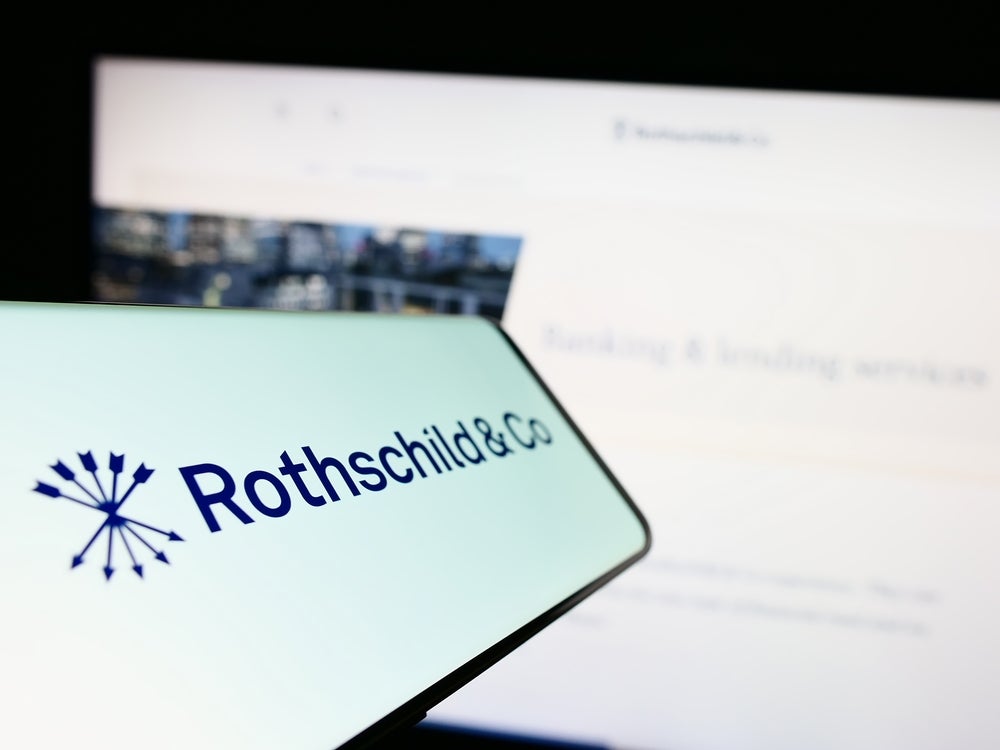
The Internet of Things (IoT) was one of the hottest developments in financial services in the 21st century, but things have cooled off. Other technological developments, such as blockchain and AI, have taken the spotlight.
Samual Goddard-Watts, Associate Partner at GSB Private, examines IoT and what place it has in private banking.
Patrick Brusnahan: IoT was a buzzword about five years ago, is it still talked about?
Samual Goddard-Watts: Is IoT still talked about? Yes, but not in the same way, and that is probably a positive thing. The fate of any buzzword is either to be forgotten as a simple fad or assumed into the standard lexicon. However, unlike other tech buzzwords like Blockchain, NFTs, and AI, which all, to a greater or lesser extent, describe a type of technology, the IoT is more of a network and communications concept. The notion that ‘things’ as well as humans should be able to communicate with one another over the internet, I would argue nowadays, is a given.
In this sense, “The IoT” as a buzzword has matured from being an exciting theory of coming technological advancements into a now largely accepted reality of everyday life. So, in this way, I would say the IoT can be considered as having been assumed into the standard lexicon; equally, however, I would note that more often than not, we probably don’t use the term IoT when we speak about such devices and networks.
While a product may not be described as being an IoT device or having IoT capabilities, we, instead, use terms such as Smart devices and real-time data connection. When we consider the IoT in this respect, it is probably a little easier to understand how the IoT network and the devices partaking in it are fast becoming entirely ubiquitous.
Patrick Brusnahan: Is it still relevant in a world with embedded finance?
Samual Goddard-Watts: I would contend that embedded finance and the IoT are not mutually exclusive; if anything, they are both complementary to one another. As the world moves online and the IoT continues to become ever more prevalent, financial firms and processes in all their forms are required to follow. At the same time, online platforms and the IoT are making everyday experiences and practices even more frictionless than ever before. In this respect, again, the financial firms and processes are required to follow suit, too.
How well do you really know your competitors?
Access the most comprehensive Company Profiles on the market, powered by GlobalData. Save hours of research. Gain competitive edge.

Thank you!
Your download email will arrive shortly
Not ready to buy yet? Download a free sample
We are confident about the unique quality of our Company Profiles. However, we want you to make the most beneficial decision for your business, so we offer a free sample that you can download by submitting the below form
By GlobalDataOnline shopping platforms that have clunky checkout mechanisms or do not provide the necessary APIs to support the new range of 3rd party payment providers may find that they are losing out on customers. For example, after looking to purchase something online on my Windows laptop, I have certainly found myself switching to my iPhone to make the actual purchase, solely because of the ease and fluidity of the Apple Pay checkout process.
But this creation of more frictionless experiences via embedded finance is not limited to Point-of-Sale and payment processes but also encompasses Smart Devices such as home voice assistants and wearable tech; Smart Appliances such as TVs, entertainment devices and kitchen appliances; Smart Home devices like thermostats and home monitoring gadgets. All of these products allow individuals to monitor, control, measure and better manage all aspects of their lives and the associated costs arising from them. Furthermore, all these devices and products are being designed in a way to help the consumer get to the buy button as quickly and seamlessly as possible, and this type of embedded finance is only made possible via the platform provided by the advancements and expansion of the IoT.
Patrick Brusnahan: If so, what place does it have in financial services?
Samual Goddard-Watts: The integration of the Internet of Things (IoT) in financial services offers vast potential for operational efficiencies and data-driven insights. Financial institutions are leveraging IoT for tasks like automated accounting and real-time analysis, enhancing risk management and fund allocation. The development of consumer-facing applications, particularly on the retail banking side of matters, has primarily focused on improving the efficiency of banking, payments, budgeting, and other seamlessly connected experiences of matters. At the same time, the development and adoption of the IoT in the HNW and UHNW Private Banking space has been far more oriented to ensuring the security of day-to-day banking, such as biometric authentication of payments via mobile devices, as well as other fraud prevention measures. Currently, though, this appears to be the limit of the IoTs’ integration into Private Banking, and the pace of development for new use cases certainly appears to have slowed.
However, these differences and limits probably should not be unexpected as most use cases for the implementation of IoT involve both the discreet collection of significant amounts of personal data related to an individual and the provision of frictionless experiences, which, more often than not, are designed to help consumers reach the buy button quicker and easier. Conversely, processes to cancel, end, return, switch or opt out of services may not be quite as easy for consumers, and these are two of the main starting points for many of the concerns being raised with respect to the IoT in financial services.

Although HNW and UHNW clients are, rightly, some of the most demanding when it comes to ease of conducting business, they equally have very strict expectations when it comes to their privacy; it is Private Banking, after all. Additionally, providing well-considered and bespoke financial advice is la raison d’être of Private Banking, and this process is not immediately compatible with the sort of frictionless and impersonal experiences and current use cases that the IoT is providing. Importantly, though, this is not to say there is not huge room for future innovative developments in this space designed to aid and enhance the Private Banking experience. With sufficient safeguards, data controls, and well-informed consent, significant opportunities exist for further integrating the IoT into the ancillary services and process-driven elements of Private Banking.
Furthermore, regulatory bodies like the DFSA in Dubai and the FCA in London play a crucial role in establishing comprehensive frameworks to address IoT-related challenges. Regional differences in regulatory approaches highlight the importance of global collaboration in fostering digital trust and evolution. In the UK, regulatory initiatives like the FCA’s consumer duty legislation aim to introduce appropriate levels of friction in consumer interactions to facilitate informed decision-making while ensuring ease of cancellation or opt-out. Such measures reflect efforts to balance the benefits of IoT-driven efficiencies with consumer protection and privacy considerations.







